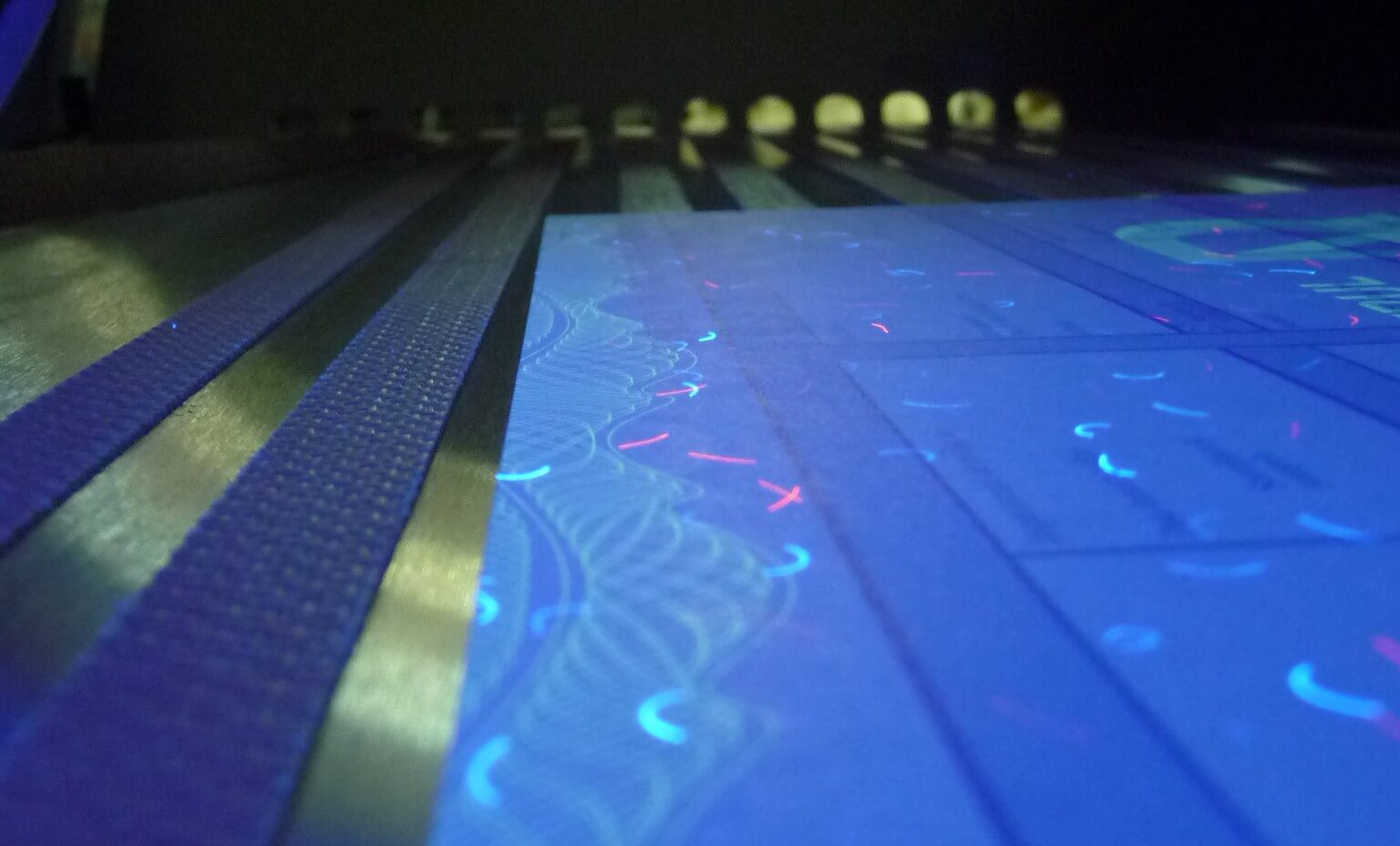In the dynamic world of retail, the presentation and quality of printed materials play a crucial role in shaping consumer perceptions. Offset printing for retail products stands out as a reliable method, offering exceptional quality and efficiency, which is why it’s a preferred choice for many businesses. Understanding the nuances of offset printing can significantly benefit retail businesses aiming to enhance their brand image.

What is Offset Printing?
Offset printing is a widely-used technique where an inked image is transferred from a plate to a rubber blanket, and then onto the printing surface. This method is known for producing high-quality prints with rich colors and fine details. It’s particularly effective for large-scale printing needs, making it ideal for the retail sector.
Benefits of Offset Printing for Retail
High-Quality Output
One of the primary advantages of offset printing is its ability to produce sharp and clean images, which is essential for retail products that require detailed graphics and vibrant colors to attract customers.
Cost-Effectiveness for Large Volumes
For large print runs, offset printing becomes more economical compared to other methods. This is particularly beneficial for retail businesses needing bulk printing of catalogs, brochures, and packaging materials.
Versatility in Materials
Offset printing allows for a wide range of printing surfaces, including paper, cardboard, and even certain types of plastics. This versatility is advantageous for retail businesses looking to print various promotional materials.
Applications in Retail
Product Packaging
Effective packaging is crucial in retail. Offset printing ensures that the packaging is not only sturdy but also visually appealing, helping products stand out on the shelves.
Marketing Materials
From newsletters to product catalogs, offset printing provides the quality and consistency needed to convey the brand message effectively.
Point of Sale Displays
Attention-grabbing displays can be crucial in influencing purchasing decisions. The high-quality output of offset printing ensures these displays are clear and vibrant.
Comparing Offset and Digital Printing
While both offset and digital printing have their merits, offset printing is generally preferred for larger print runs due to its cost-effectiveness and superior quality. For smaller volumes, digital printing might be more practical.
Environmental Considerations
With growing awareness of environmental issues, its worth noting that offset printing has made significant strides in using eco-friendly inks and recycling processes, making it a sustainable choice for retailers.
Choosing the Right Printing Partner
When selecting a printing service, its essential to consider their experience, quality of work, and ability to meet deadlines. Retailers should look for partners who have a proven track record in offset printing for retail products.
Future Trends in Offset Printing
The future of offset printing looks promising, with advancements in technology leading to even better quality and efficiency. Retailers can expect more innovative solutions that cater to their specific needs.
Conclusion
In conclusion, offset printing for retail products offers numerous benefits, from high-quality prints to cost-effectiveness for large volumes. Retailers looking to enhance their brand image and attract more customers should consider leveraging this powerful printing method.

FAQs
Why is offset printing preferred for large volumes?
Offset printing is cost-effective for large volumes due to its use of plates, which distribute the printing cost over a large number of units.
Can offset printing be used on different materials?
Yes, offset printing is versatile and can be used on various surfaces, including paper, cardboard, and some plastics.
Is offset printing environmentally friendly?
Many offset printing processes now use eco-friendly inks and recycling methods, making it a sustainable choice.
This article contains affiliate links. We may earn a commission at no extra cost to you.







